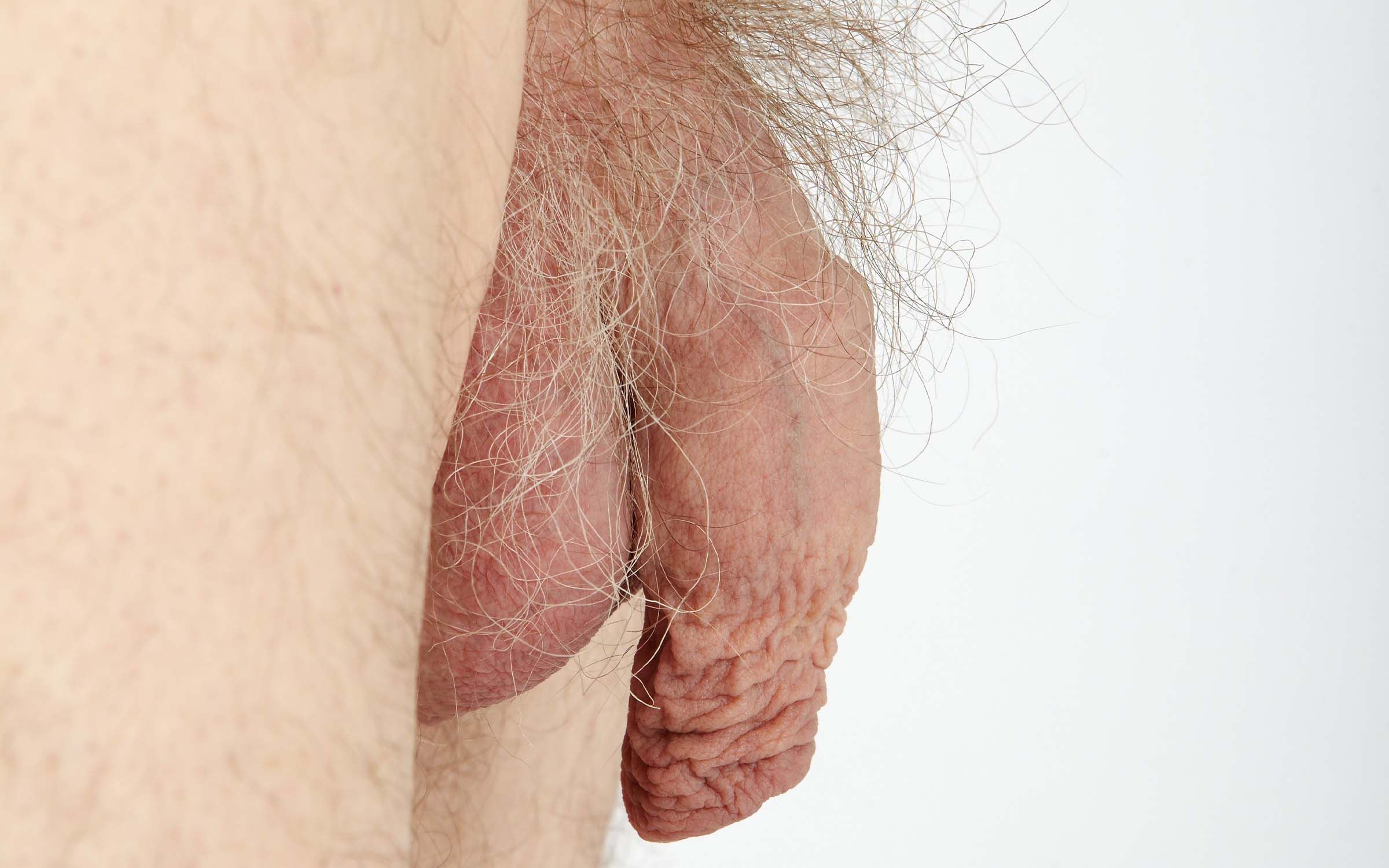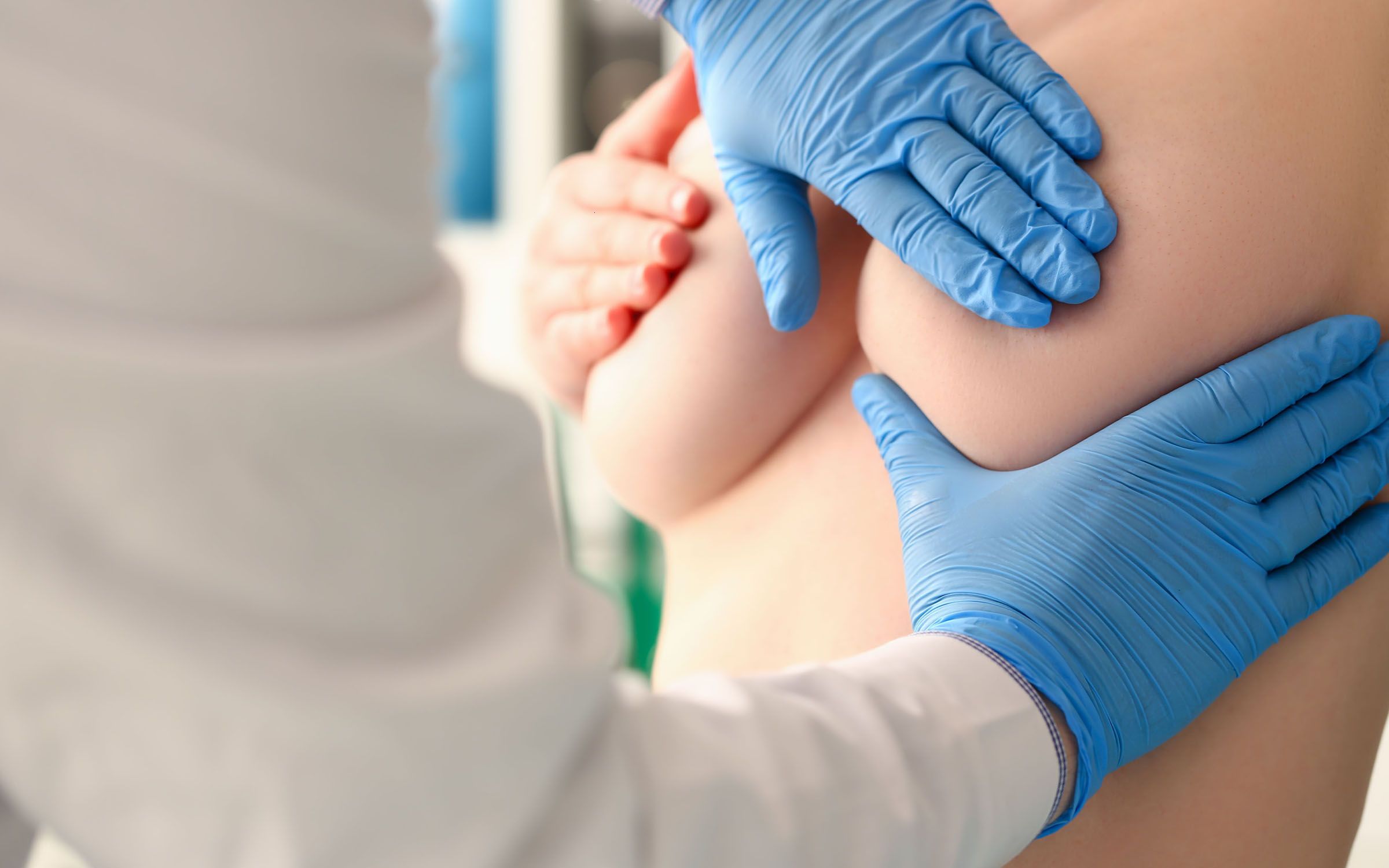Enjoy this Article, Statistics, Insights and Much More...
Genital Size

Continue Reading your
Article with a Genital Size
Subscription.
Explore our Subscription Plans
More Coverage
Unlock the Health Benefits of Sex: How Intimacy Can Lead to Optimal Health
Are you looking for a healthy way to relieve stress, improve your moods and foster a deeper connection with your partner?
What causes high testosterone levels in women?
Do you notice a high rate of acne, hair growth - especially facial hair - and hair loss or baldness? If so, these symptoms usually occur in women who suffer from high testosterone levels in their bodies.
The Benefits of Peeing in the Shower: Health and Environmental Considerations
Peeing in the shower may seem like a taboo or unsanitary habit, but it's actually a common practice that can bring a host of health and environmental benefits. From reducing the spread of germs to saving water, this simple act can have a big impact on your health and the planet. In this article, ...
Understanding Erectile Dysfunction: Causes, Impact, and Treatment
Erectile dysfunction (ED) is a common condition that affects millions of men worldwide. This article delves into the causes, impact, and treatment options for ED, including physical, psychological, and lifestyle factors, as well as which ethnic groups are most affected.













